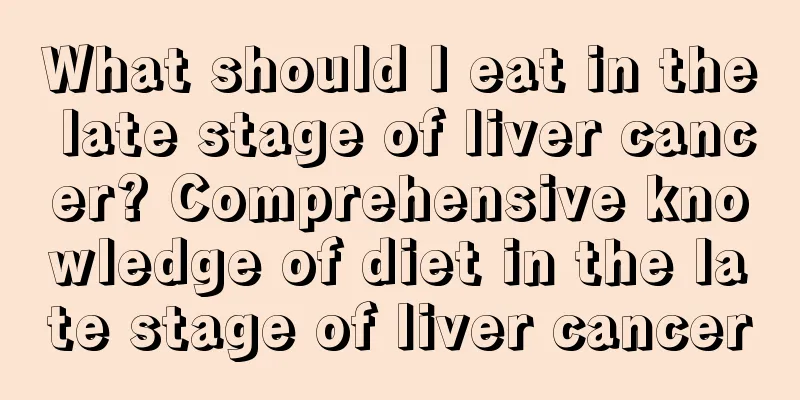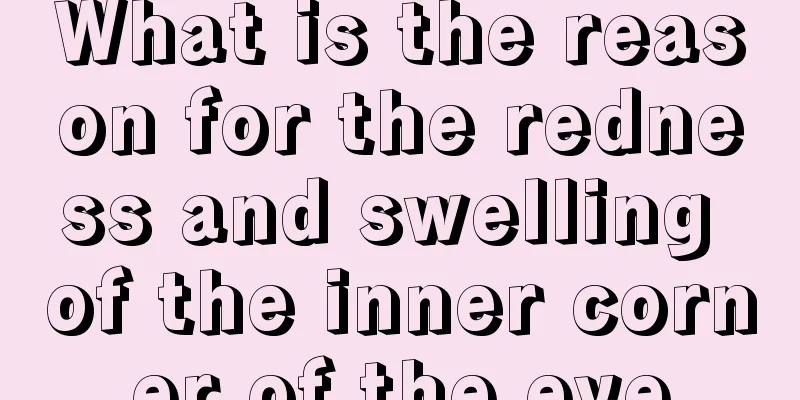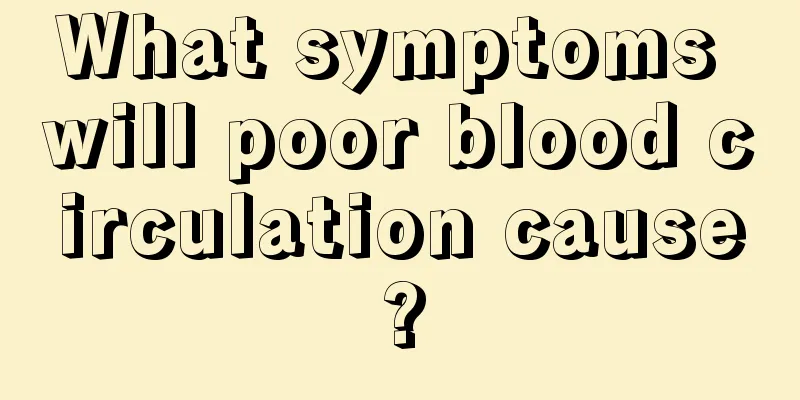What is brain cyst and is it serious?

|
Brain cyst refers to the phenomenon of arachnoid cysts appearing in the human brain. It is mainly a cyst caused by cerebrospinal fluid, or a congenital disease. It is a relatively serious disease for human health. It usually leads to increased intracranial pressure, headaches, and dizziness. It can also easily affect normal vision and requires timely surgical treatment. What is a brain cyst? Brain cysts generally refer to arachnoid cysts, which are bag-like structures formed by cerebrospinal fluid-like cysts surrounded by the arachnoid membrane. There are two types: congenital and secondary. The former is the most common arachnoid cyst, and the latter is caused by intracranial inflammation, craniocerebral trauma or after surgery. Clinical manifestations The clinical manifestations are related to the location of the cyst. Common locations include: lateral fissure, pontocerebellar region, temporal pole, quadrigeminal region, cerebellar vermis, sellar region and suprasellar region, between bilateral hemispheres, cerebral apophysis, slope, etc. Most lesions show symptoms in early childhood, including: symptoms of increased intracranial pressure, such as headache, nausea, vomiting, drowsiness, etc.; epilepsy; skull bulge; space-occupying effect causing local symptoms or signs. Suprasellar cysts can also manifest as hydrocephalus, developmental delay, precocious puberty, visual impairment, etc. The condition worsens due to cyst rupture and bleeding into the cyst or subarachnoid space. examine 1. Head CT manifestations The extraparenchymal cystic tumor has smooth borders and no calcification, and its density is similar to that of cerebrospinal fluid, without obvious enhancement. The adjacent skull bones are bulging and deformed. Convexity or middle cranial fossa cysts may compress the ipsilateral ventricle and cause midline shift. Suprasellar, quadrigeminal cistern, and posterior cranial fossa cysts may compress the third and fourth ventricles, leading to hydrocephalus. 2. Brain MRI manifestations T1 is low signal, T2 is high signal, and there is no enhancement of the cyst wall. treat Arachnoid cysts without mass effect or symptoms do not require treatment regardless of their size or location, but they should be followed up regularly. Surgical treatment is mostly used for patients with symptoms and cyst tension. Surgical methods include cyst-peritoneal shunt, endoscopic cyst drainage and cyst wall resection, and craniotomy to remove part of the cyst wall to connect the cyst to the surrounding brain cisterns. |
<<: What is the function of Zhongwan acupoint?
>>: How to clean the triangular area on the face
Recommend
Large red spots suddenly appeared on the body
Large patches of red spots suddenly appear on the...
I have a lot of pimples on my forehead recently
During the student period, because of studying ha...
What is the survival rate after surgery for gastric antral adenocarcinoma? The survival rate is 70%
The survival rate after surgery for gastric antra...
What medicine to take for pituitary tumor
Pituitary tumor is a brain tumor that is very har...
Bones protruding from the back
In addition to being thin, the protruding bones o...
4 types of subtotal laryngectomy
Subtotal laryngectomy is a laryngeal function pre...
How to wash with green grass juice
When you go for a picnic outdoors in spring, the ...
How to prevent hepatitis from turning into liver cancer? Eight tips to prevent hepatitis from turning into liver cancer
"Hepatitis - cirrhosis - liver cancer" ...
Is lung cancer really contagious? Three high-risk groups are prone to lung cancer
The main causes of lung cancer include smoking an...
Can allergic rhinitis be cured?
Whenever the seasons change, many friends often e...
What short haircut should I get for an oval face
The shape of a person's face and head is very...
What are the uses of Vaseline
There are many skin care products related to Vase...
What to do if your facial skin is loose and sagging
Love of beauty is human nature, so everyone has d...
Why do I tremble all over when I'm angry
People eat grains. In real life, we live in the m...
What is the cause of testicular cancer
Cancer is the natural enemy of human beings. Ever...









